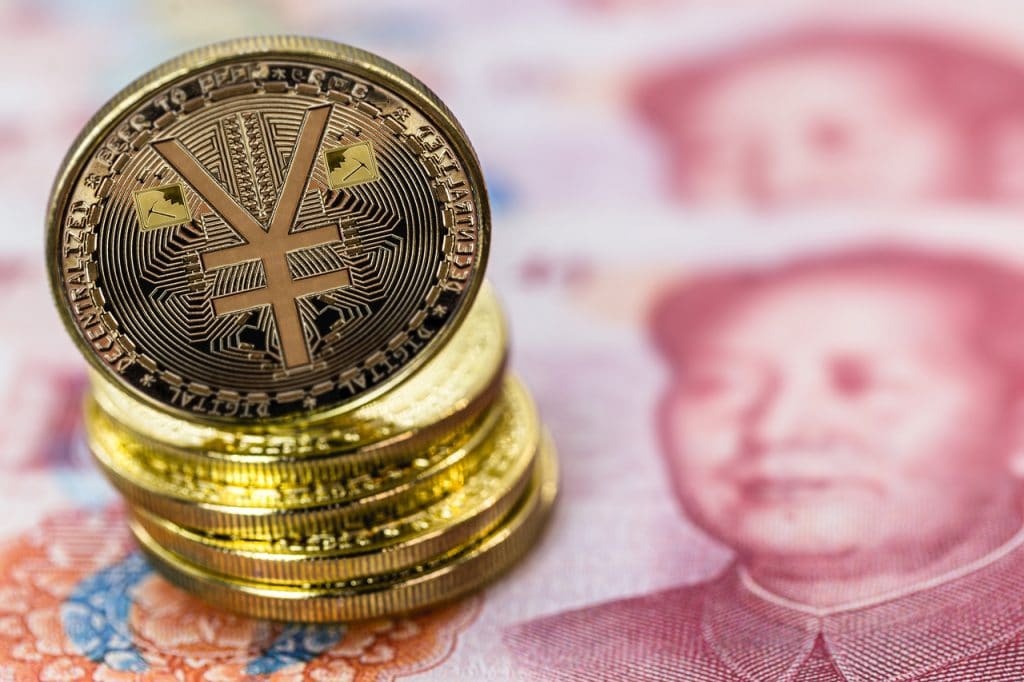China Quietly Advances Yuan as Dollar Alternatives Gain Ground
20.05.2025 17:00 2 min. read Alexander Stefanov
As the global balance of financial power slowly shifts, China is making strategic moves to elevate the yuan as a serious alternative in international trade.
While headlines continue to focus on trade wars and tariffs, Beijing’s long game is becoming clearer: reduce reliance on the U.S. dollar and embed the yuan into the heart of cross-border commerce.
At the center of this effort is the People’s Bank of China, whose governor Pan Gongsheng recently reaffirmed the country’s commitment to expanding the international use of its currency.
This isn’t just rhetoric. Through mechanisms like UnionPay, China has already enabled yuan-based QR payments across roughly 30 countries, including key Southeast Asian markets like Vietnam and Cambodia. These systems make it easier for foreign visitors and small businesses to use the yuan for everyday transactions.
Behind the scenes, yuan-denominated trade is growing. In the first quarter alone, China cleared over 4 trillion yuan through swap lines—marking a new high in cross-border settlements in its local currency.
Meanwhile, President Xi Jinping’s recent regional diplomacy in Southeast Asia reflects more than just goodwill; it’s part of a calculated push to deepen yuan integration across the ASEAN bloc. As more countries explore dollar alternatives, China’s timing couldn’t be more strategic.
The rise of the yuan may not be loud or sudden, but it’s picking up momentum—and it’s reshaping how the world thinks about global reserves and trade settlement.
-
1
U.S. PCE Inflation Rises for First Time Since February, Fed Rate Cut Likely Delayed
27.06.2025 18:00 1 min. read -
2
Key U.S. Economic Events to Watch Next Week
06.07.2025 19:00 2 min. read -
3
Gold Beats U.S. Stock Market Over 25 Years, Even With Dividends Included
13.07.2025 15:00 1 min. read -
4
U.S. Announces Sweeping New Tariffs on 30+ Countries
12.07.2025 16:30 2 min. read -
5
US Inflation Heats Up in June, Fueling Uncertainty Around Fed Cuts
15.07.2025 16:15 2 min. read
US Inflation Heats Up in June, Fueling Uncertainty Around Fed Cuts
U.S. inflation accelerated in June, dealing a potential setback to expectations of imminent Federal Reserve rate cuts.
Gold Beats U.S. Stock Market Over 25 Years, Even With Dividends Included
In a surprising long-term performance shift, gold has officially outpaced the U.S. stock market over the past 25 years—dividends included.
U.S. Announces Sweeping New Tariffs on 30+ Countries
The United States has rolled out a broad set of new import tariffs this week, targeting over 30 countries and economic blocs in a sharp escalation of its trade protection measures, according to list from WatcherGuru.
Key U.S. Economic Events to Watch Next Week
After a week of record-setting gains in U.S. markets, investors are shifting focus to a quieter yet crucial stretch of macroeconomic developments.
-
1
U.S. PCE Inflation Rises for First Time Since February, Fed Rate Cut Likely Delayed
27.06.2025 18:00 1 min. read -
2
Key U.S. Economic Events to Watch Next Week
06.07.2025 19:00 2 min. read -
3
Gold Beats U.S. Stock Market Over 25 Years, Even With Dividends Included
13.07.2025 15:00 1 min. read -
4
U.S. Announces Sweeping New Tariffs on 30+ Countries
12.07.2025 16:30 2 min. read -
5
US Inflation Heats Up in June, Fueling Uncertainty Around Fed Cuts
15.07.2025 16:15 2 min. read


